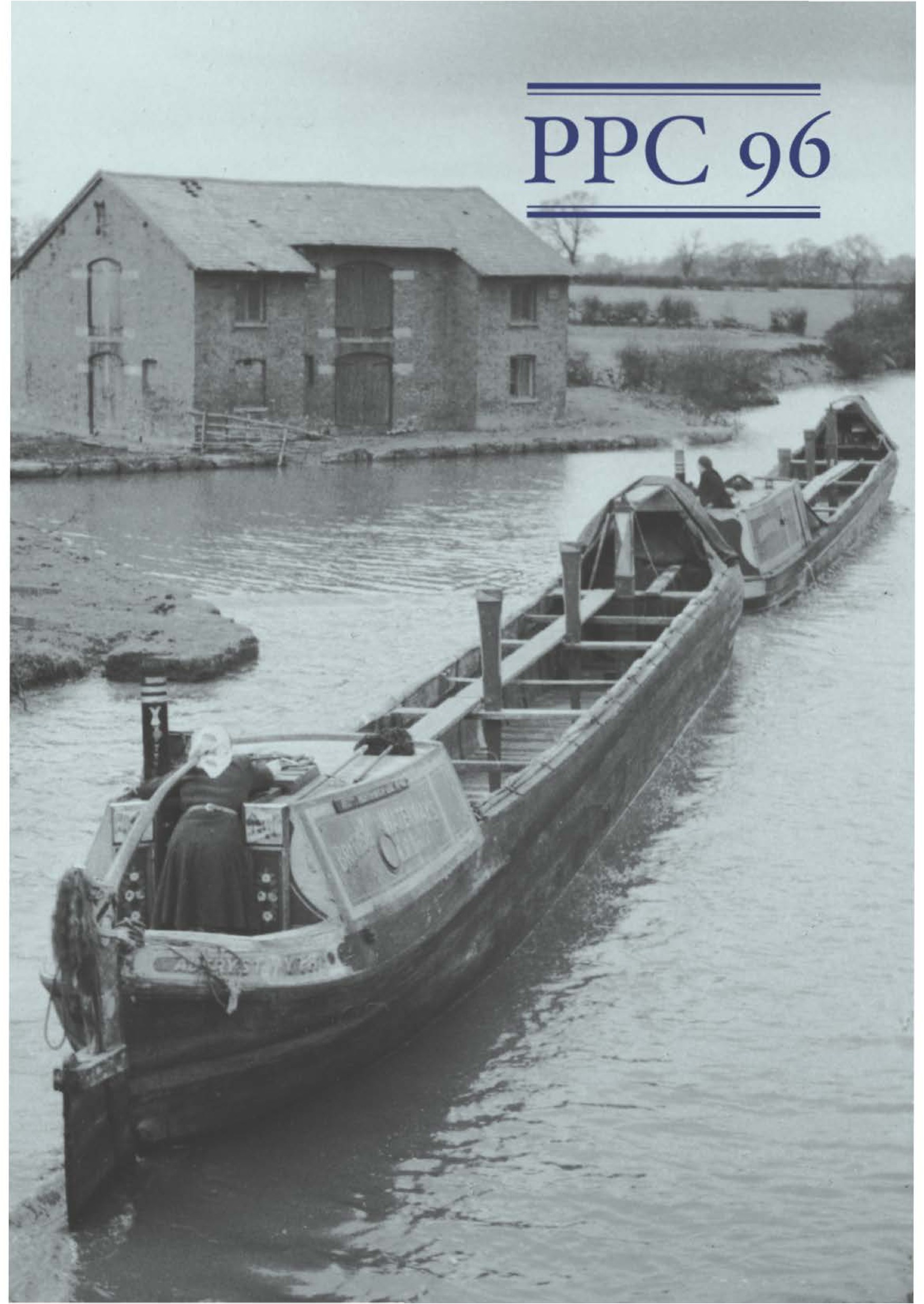The Lughnasa Platter
The Celtic Origins of Christmas Frumenty
DOI:
https://doi.org/10.1558/ppc.28588Keywords:
Frumenty, celts, origins, Christmas, Festivals, Lughnasa, harvest feasts, iconography, serving utensil, wheat gruelAbstract
The article looks at the origins of Christmas Frumenty, a medieval festive dish served at Christmas. In the seventeenth century, it was brought by the English to colonial America as a medieval relic custom of midwinter feasting. Its great age is attested in its very name, which derives from the Latin frumentum. Evidence of this comes from The Lughnasa platter, a large first-century A.D. platter found in North Africa, but manufactured in southern Gaul, that displays specific Celtic iconography suggesting that the platter was not an everyday utensil, but was likely brought out once a year during Lughansa harvest festival to serve large numbers of diners – similar to the way we reserve special platters for turkey each Thanksgiving or Christmas. Since Lughnasa included the consumption of new wheat in various forms, frumenty was doubtless the intended food for this serving utensil, the focal point of ritual gruel (frumentum) consisting of boiled cracked wheat and fruit, most likely chopped raisins and figs, in short, all the symbolic ingredients relevant to the harvest festival.

